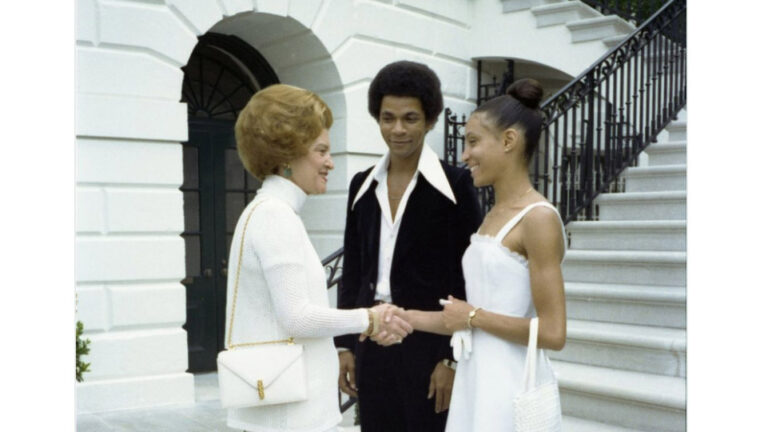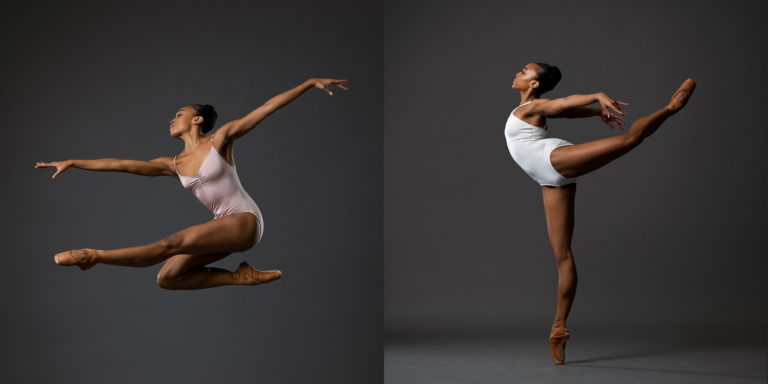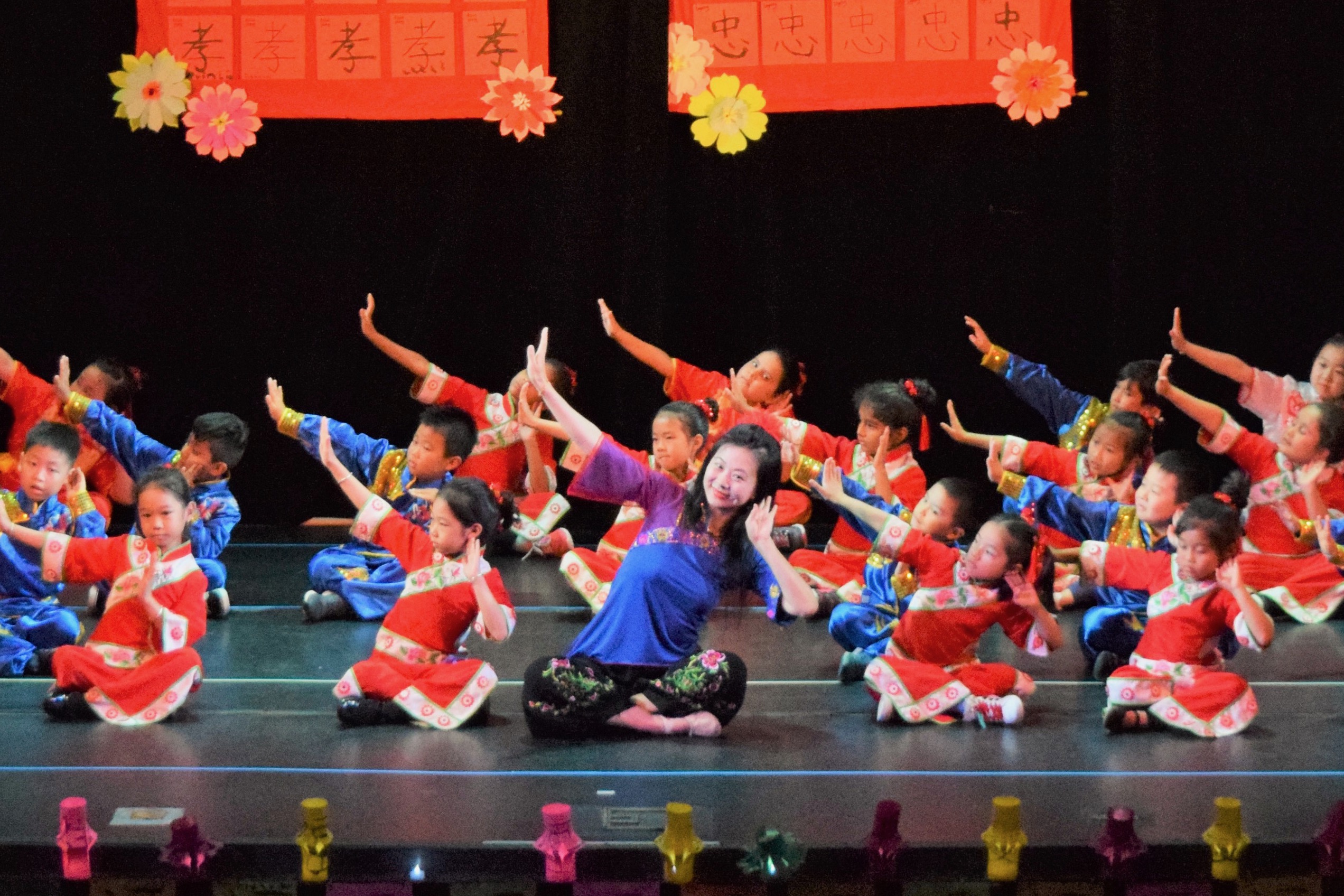
The Asian American community has continued to experience acts of targeted violence in cities across the U.S., mostly fueled by the ongoing COVID-19 pandemic. In data published by the Center for the Study of Hate and Extremism, anti-Asian hate crimes increased by 339 percent nationwide in 2021 compared to the year prior. In a Pew Research Center survey conducted in April 2022, about a third of Asian adults (36 percent) say they have altered their daily schedules or routines in the past 12 months due to worries of being threatened or attacked.
For dance educators, the challenge—and opportunity—has been twofold: providing support to help Asian students navigate this difficult time and, more broadly, making necessary changes in curriculum to foster more empathy and inclusivity for the long-term.
Supporting Students
As the director of the Dance Education Graduate Program at New York University, the first step for Deborah Damast was ensuring that the physical safety and mental well-being of her Asian students were taken care of. “I was inspired to look for ways to support the Asian students at the encouragement of the students in the program who reached out to me saying that they did not feel safe on campus. This motivated me to look for resources and think of strategies to ensure their safety.”
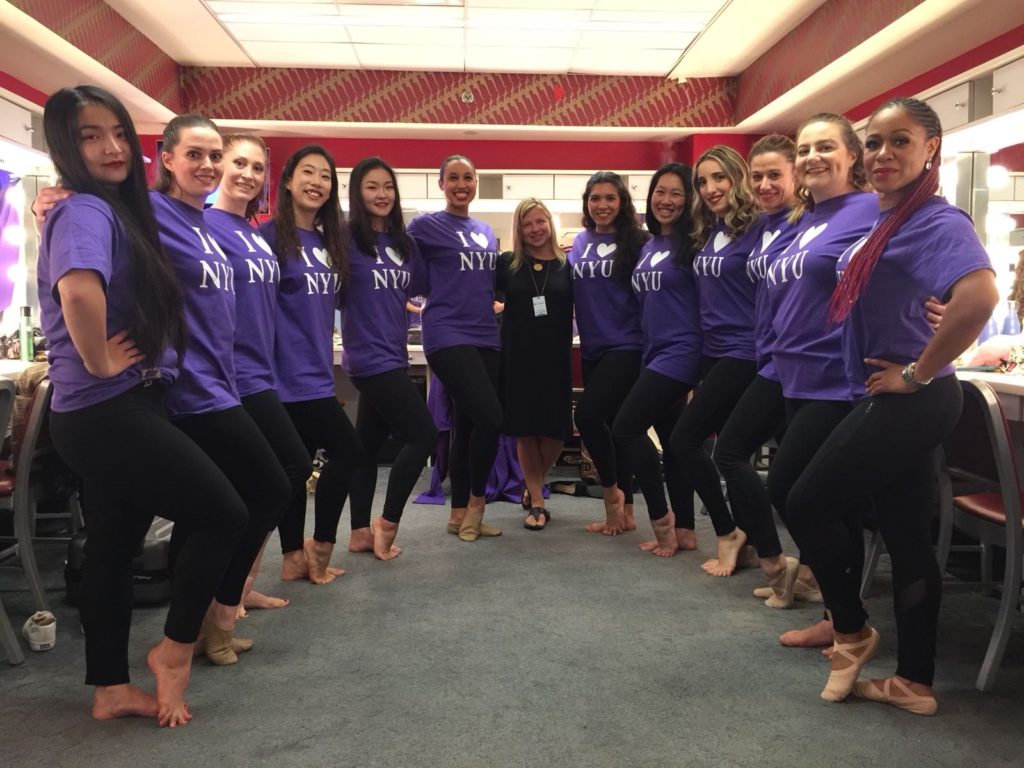
Helpful measures were taken to connect students to resources on campus, such as the API Students Support Space, the Asian/Pacific/American Institute, Campus Safety Officers, and allowing students to join class via Zoom if they felt unsafe traveling to school.
But university dance students weren’t the only ones being affected. So were those in the K–12 grades, a group Ling Tang works with regularly as a traditional Chinese dance educator. Tang teaches students at five schools across three New York City boroughs—Queens, Manhattan and the Bronx. About 60 to 70 percent of students at three of the schools in Flushing are Asian. Although Tang is only with her students on a weekly basis, she has definitely noticed changes in their behavior. So she has been focused on meeting students where they are at and making space for the emotions they may be carrying. “I could feel that the environment was different,” explains Tang. “I don’t know if the emotions come directly from the anti-Asian hate or just stress, but especially for middle school kids, they had a lot of emotions, confusion even. There was either too much talking in class or they would be completely silent and passive aggressive.”
Tang saw this challenge as an opportunity to showcase the beauty, peace and humanity inherent in dance. “Since the very beginning, dance has been a way of human communication,” says Tang. “The beauty of teaching Chinese dance is that it has a meditative side to the artform. When I teach, we have a ceremonial thing we do, like a meditation dance, and I play really calm music. No matter how wild or crazy the outside world is, we focus on keeping our inner peace.”

Revisiting Curriculums
In order to create more lasting impact, Damast took a closer look at the curriculum and course content of her program.
“Especially as a graduate education program, the opportunity that we have to change perceptions at a young age through dance is really powerful, and we have to make sure that we, as a pre-service teaching institution, are providing our students with specific content and tools to do that, making sure that we are ‘decolonizing’ our curriculum,” she says.
In her program’s Teaching Creative Movement class, students read the children’s book The Name Jar, by Yangsook Choi, to understand the importance of honoring one’s own name. This past year, Damast shared the TED talk “Windows and Mirrors,” by Grace Lin with participants of Kaleidoscope Dancers, her program’s professional and community service-based company. While not dance-related, the talk highlights the importance of creating children’s content (in Lin’s case, books) that can help kids see themselves reflected while also understanding other viewpoints, thus creating both positive self-worth and empathy for other people.
Damast also looked at the modern dance curriculum to see how the contributions of Asian creatives, such as dancer, choreographer and theater director Michio Ito, could be incorporated into the course content that had previously been highlighting mostly Western dancers such as Martha Graham, Isadora Duncan and Ruth St. Denis. By letting each of her students select which artist they would like to do their final research on, one student from China presented research on Jin Xing, a Chinese transgender dancer and artistic director of the contemporary troupe Jin Xing Dance Theatre in Shanghai.
Tang, who is originally from Wuhan, China, finds that she is one of very few Chinese cultural dance teachers for the English-speaking population in New York City and encourages dance educators to research and contact Asian and other immigrant dance educators. “Asian and immigrant artists who may contribute authentic and valuable cultural resources are underrepresented at large,” says Tang. “Reach out to Asian dance educators and other immigrant teachers, to include them as guest lecturers [at your school], if not invite them to teach the whole residency. I think they’ll have a lot to contribute from their perspective.”

Damast invited Aparna Ramaswamy, from Ragamala Dance Company, to teach a master class in bharatanatyam for the American Modern History course in order to allow students to embody the practices from someone who is of the culture so they can feel the spirals, the articulations in their bodies. “And then when we have conversations about Ruth St. Denis and appropriation, they can really see it because they experienced it,” says Damast.
Damast and Tang both agree that an easy way to ensure more Asian voices are being incorporated into class is by talking directly with your Asian students, as well as with those of other cultural backgrounds. “Talk to your students and ask them what they have to share about their culture. I tell my students, ‘In Chinese dance, we have this flower gesture; what about in your culture? Tell me about your culture,’” explains Tang.
Continuous Learning
Beyond responding to current events, dance educators must aim to continue to expand their own learning in order to better meet the needs of a more diverse student body.
In that regard, Tang has also given workshops on culturally responsive teaching with the Royal Academy of Dance and the International Teaching Artist Conference, exploring intercultural communication theories and how educators can adapt new ways of teaching in a more global environment.
Damast had her faculty attend the Right to Be (formerly called Hollaback!) bystander-intervention training in response to the anti-Asian violence.
Dance institutions are also providing their own educational tools. In 2021, Hubbard Street Dance Chicago (HSDC), in collaboration with Final Bow for Yellowface, created the Unboxed program, in which three Asian choreographers—Yin Yue, Edwaard Liang and Peter Chu—were invited to reimagine the Chinese “Tea” divertissement from The Nutcracker. In addition to the three new dances, presented digitally, HSDC also created a professional-development series for teachers, along with a curriculum kit offered free of charge to Chicago Public Schools and public educators alike. Targeted for sixth- to 12th-grade youth (with modifications for third- to fifth-graders), the curriculum led students through discussions around stereotypes, appropriation and understanding what cultural dance is. Most recently, HSDC held an in-person workshop with Chicago Public Schools featuring choreographer Darrell Grand Moultrie. The two-day program, held at Jones College Prep High School, explored themes of self-esteem, voice/choice, community and connectivity to help students understand that dance has a vocabulary and offers a healthy alternative for self-expression.
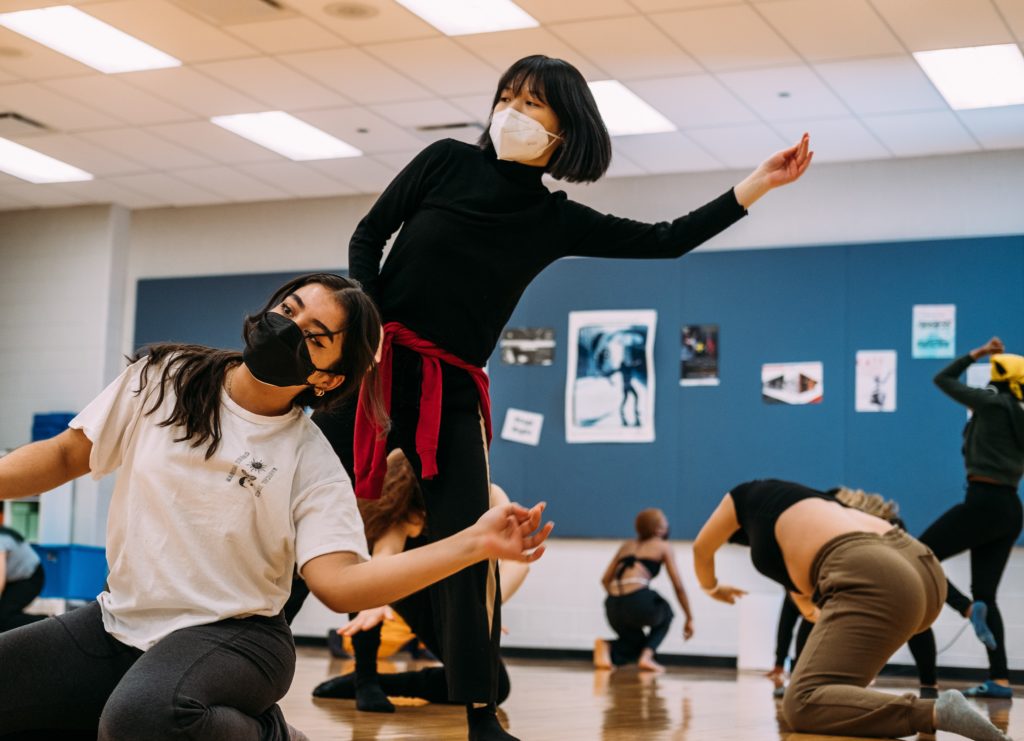
“HSDC seeks opportunities to enlarge pedagogical practices through the lens of continuous improvement—challenging internal and external structures, through reflection of self/staff, programming scope and community engagement,” says Eboné Lewis-Harden, who became HSDC’s director of education in February. “Our approach for advocacy continues to be creating impact in the learning spaces where connectivity is key: the classroom.”



